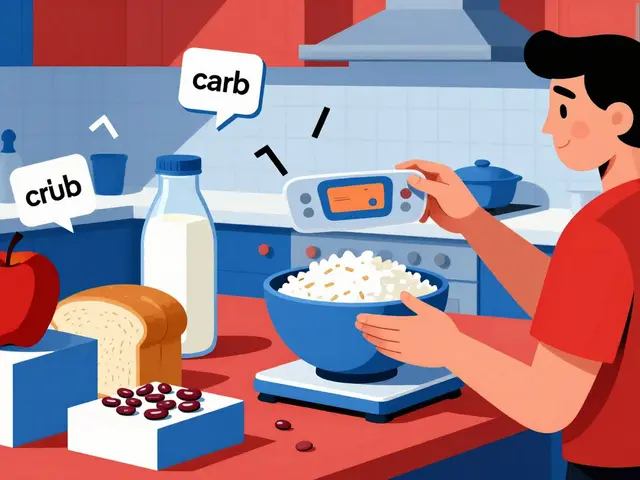Arthritis Management: Practical Steps to Reduce Pain and Move Better
Arthritis can steal simple things like opening a jar or walking to the bus. You don’t need to accept constant pain. Small daily moves, smarter choices, and the right care plan can make a big difference fast.
Start with clear goals: less pain, more movement, and fewer flare-ups. That makes it easier to pick what to try first. Track what helps and what doesn’t—note pain levels, activities, sleep, and foods for two weeks. You’ll spot patterns you can actually change.
Everyday habits that help
Move regularly but gently. Low-impact activities like walking, swimming, or cycling keep joints lubricated and muscles strong. Aim for short sessions most days—10–20 minutes is fine to start. Add a twice-weekly strength routine to support joints: simple bodyweight moves, resistance bands, or light weights.
Protect your joints while doing chores. Use long-handled tools, open jars with rubber grips, and sit to fold laundry. Switch repetitive tasks between hands and take short breaks during activities that strain the same joints.
Manage weight if needed. Each pound you lose reduces pressure on knee and hip joints. Even a small drop in weight often lowers pain and makes walking easier.
Tools, treatments, and when to see a doctor
Use heat for stiffness and cold for sharp pain or swelling. Heat warms tight muscles before activity; cold eases flare-up pain after use. Try a warm shower, heating pad, or ice pack for 15–20 minutes.
Over-the-counter options like acetaminophen or NSAIDs can help short-term, but check with your doctor about side effects and safe use. For inflammatory arthritis (like rheumatoid arthritis), disease-modifying drugs are often needed to slow joint damage—don’t delay seeing a rheumatologist if symptoms persist or worsen.
Physical therapy teaches safe movement patterns and exercises tailored to you. Occupational therapists recommend ways to do daily tasks with less pain and may suggest splints or braces to protect joints.
Diet and supplements aren’t magic, but they help some people. Eating whole foods, adding more veggies, lean proteins, and omega-3 rich fish can reduce inflammation for some. Talk to your clinician before starting supplements like fish oil or turmeric, especially if you take blood thinners.
Sleep and stress matter. Poor sleep raises pain sensitivity. Try a consistent sleep schedule and simple relaxation—breathing, short walks, or stretching before bed.
Finally, plan for tough days. Pace yourself, prioritize tasks, and accept help when needed. If pain stops you from doing daily life, get medical advice—you may need adjustments in meds, guided rehab, or surgical options for severe joint damage. With the right mix of habits, tools, and medical help, arthritis can be managed so you get back to the things you enjoy.
The Role of Support Groups in Arthritis Management
In my recent exploration of arthritis management, I have discovered the significant role support groups play in the lives of those affected by this condition. These groups offer a safe space for individuals to share their experiences, learn from one another, and gain emotional support. Additionally, the connections made in support groups can help to combat feelings of isolation and loneliness. Through attending these gatherings, individuals with arthritis can acquire valuable resources and practical tips that can greatly improve their quality of life. In conclusion, support groups are an essential aspect of arthritis management, helping individuals navigate the challenges of this condition with a strong support system.
read more




